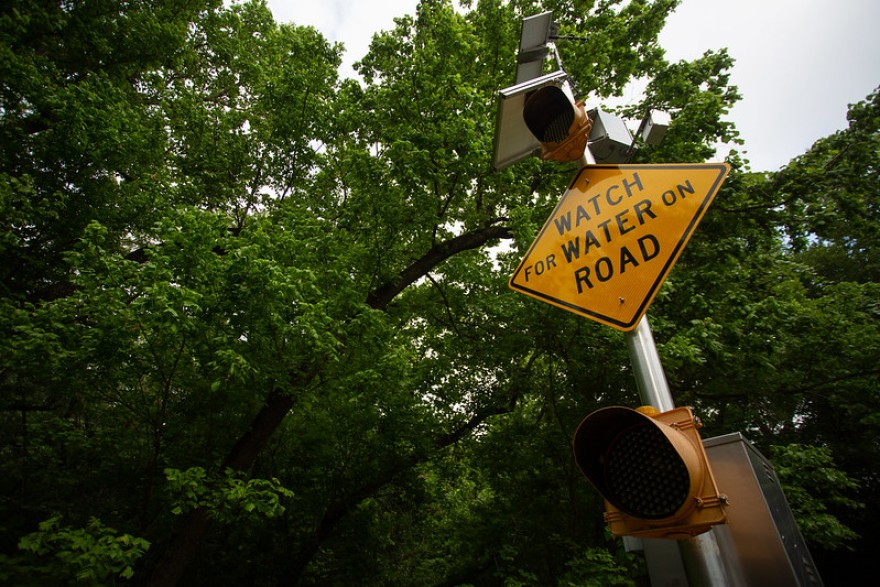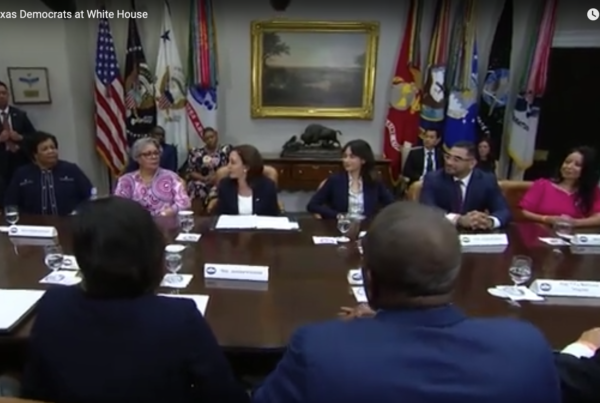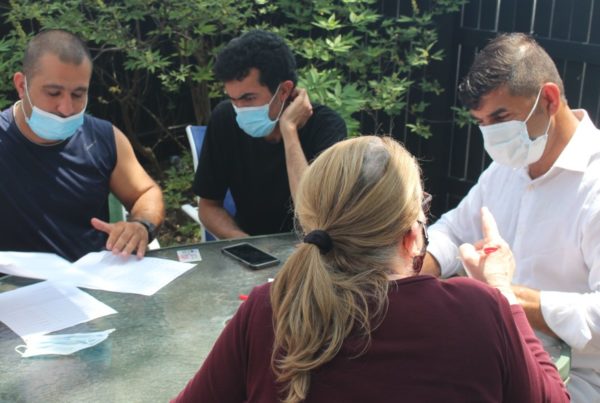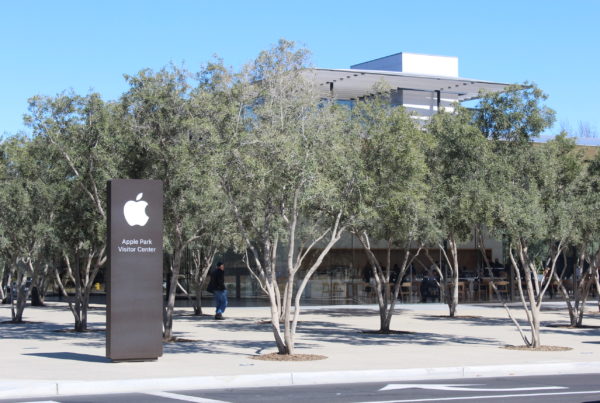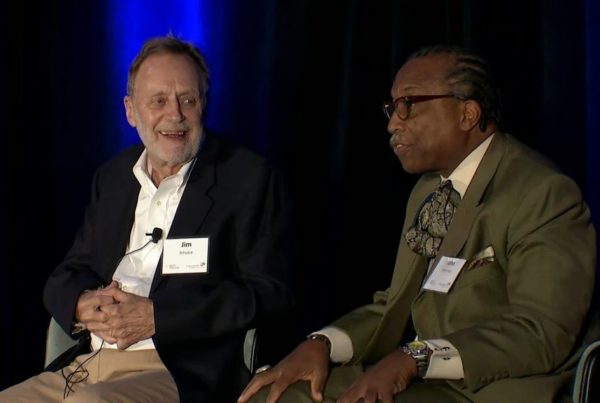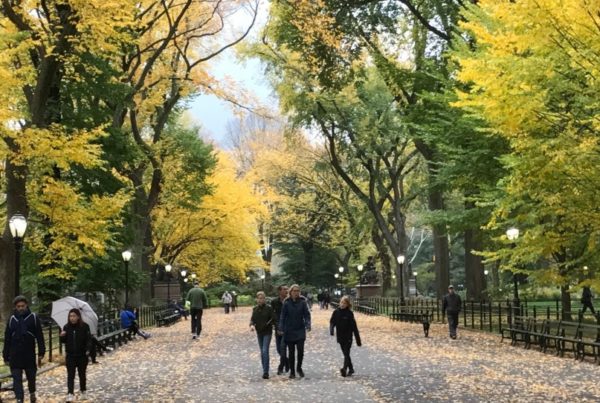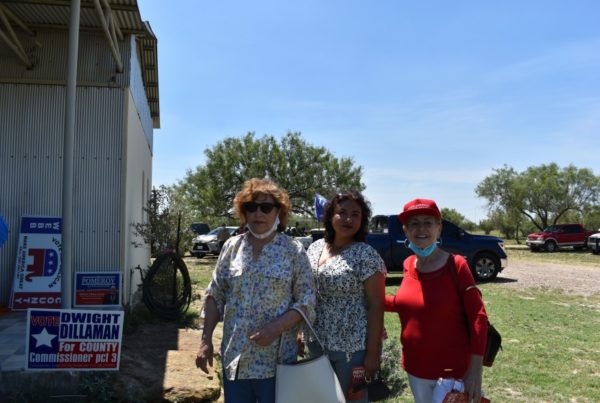Imagine it’s 2 a.m. in the morning, and you are one of the first responders to the scene of a flood.
Your vehicle approaches water on the road. If you try to cross it, you could be washed away. So you stop and watch your headlights cut through the rain.
You see there’s water around some nearby houses, but it’s dark and you don’t know how far it reaches or how deep it is. What you decide to do next could save lives — and put your own at risk.
This situation is not hypothetical to Harry Evans. He says it could describe many floods he worked during his 30 years with the Austin Fire Department.
In a best-case scenario, Evans says, first responders would immediately understand the scope of the flood they are approaching, including the amount of ground covered by water and the depth of that water. But at night that can be difficult.
The challenge, he says, is often figuring out how bad it is. “How much are we flooded?”
Since retiring from the department in 2015, Evans has joined a team of researchers at UT Austin working on a new way to get answers to those questions. They say the tool they are developing, an app and online database called Pin2Flood, might do the trick. The project was recently awarded a $1.6 million grant to continue its development over the next two years.
From Lasers In The Air To Water On The Ground
In the situation Evans described, emergency responders may be in the dark, but they have one useful piece of information: They know where floodwaters have reached.
Now, that single data point may be enough to paint a picture of the flood in its entirety thanks to mapping technology called lidar (short for light detection and ranging). Lidar is a relatively new way of surveying the Earth’s surface using lasers shot from planes. It allows people to create a detailed relief map of the Earth’s terrain to a level of detail never before achieved on a widespread scale.
“That information usually is [down to] a meter,” says Paola Passalacqua, a professor of civil architecture and environmental engineering who is helping develop the app. “That means that for every square 1 meter by 1 meter, you have an elevation point.”
If you know how high the water is and have an understanding of the contours of the surrounding landscape and the water flow, she says, it’s possible to extrapolate where else the water is.
It just takes a lot of computer modeling.
“We filter the data. We compute various attributes of the terrain, then we trace the [water] channels,” Passalacqua says. “Once we have that, we take that logical prediction and then transform that into a depth and get to a flood inundation map.”
But to get that inundation map, the app needs to know how high the water is. That’s where the “pin” in Pin2Flood comes in.
First responders open the app and drop a virtual “pin” at the water’s edge. The app takes that data and pulls up a pre-generated flood map that shows everywhere else the flood will be considering nearby elevation points and water flow.
The desired result? A relatively accurate map of local flooding delivered to their phone within minutes.
“It’s it’s a fairly straightforward kind of thing,” says David Maidment, a professor at UT’s Center for Water and the Environment, who came up with the idea after hearing about firefighters using rocks to mark out the edge of floodwaters.
“The biggest challenge is you have to mount everything in the web,” he says, “so that when you come to a particular location and say the water is here, you can immediately go to a library of maps.”
Research Versus Application
But there are other obstacles.
For one, Passalacqua points out that the lidar maps she uses to model flooding may become less accurate over time. If the landscape changes after the terrain is surveyed (often due to flooding) the model could be less useful.
“In a dream world, every time you have a [flood] event, you would fly [a surveying plane] again and then see how the landscape has changed as a function of that event,” she says.
Passalacqua says she is working on including water depth information in the app’s inundation maps.
“As a modeler, my initial goal is always to be making things more efficient, more accurate and kind of pushing things,” she says. “But if you talk to Harry [Evans], he will tell you anything is better than nothing.”
Emergency responders area already testing Pin2Flood in the field. Researchers say its accuracy should improve as the tests proceed. The team is also working with the National Weather Service to compare its flood maps to NWS predictions in an effort to fine-tune the product.


